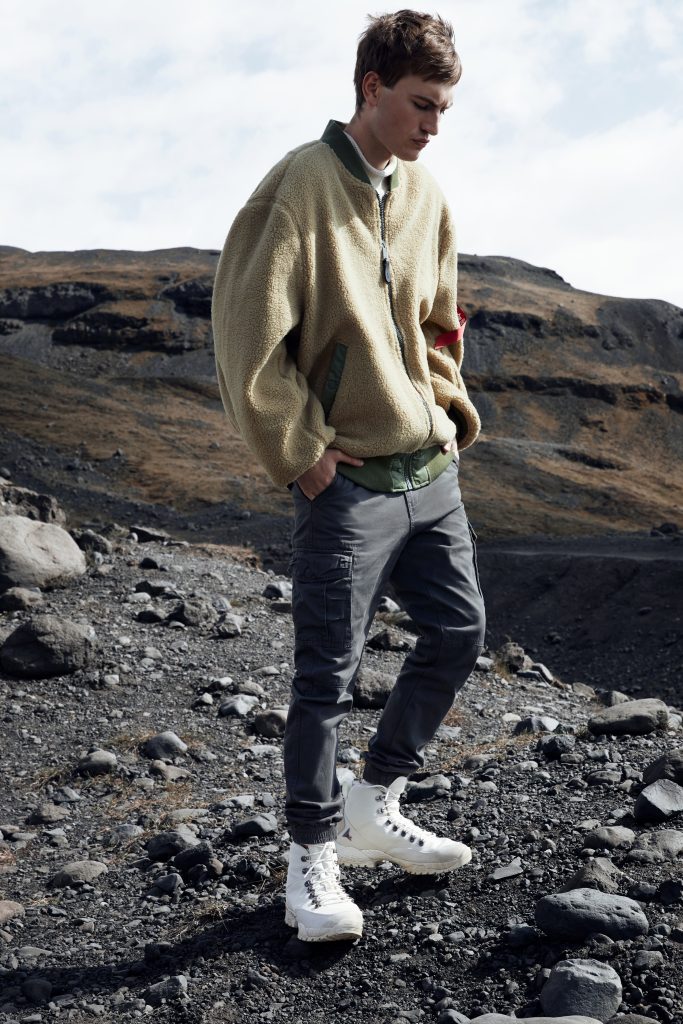WHAT’S DRIVING THE OUTERWEAR MARKET?

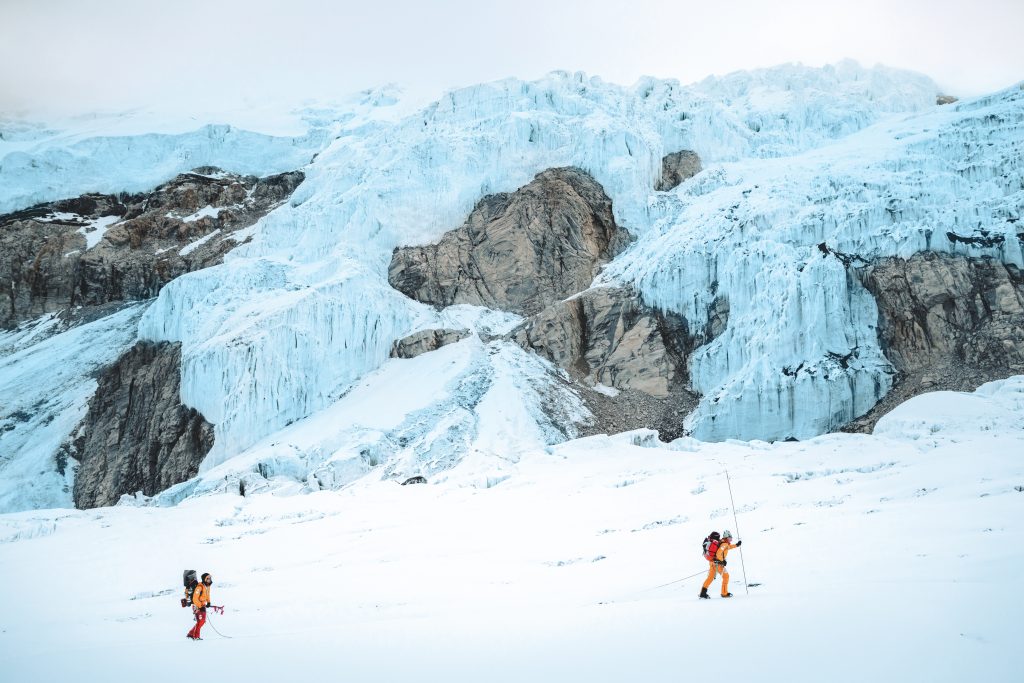
Nobody in the outerwear business was complaining about fall 2019’s cold blasts, spurring sales across the board and setting an upbeat tone for fall 2020. Utility and function continue to rule, with sustainability now a mandate. Styles are slightly dressier with longer lengths taking hold. Lighter weight pieces that can be layered are also key, leading a trend for travel-friendly pieces and outerwear “wardrobes.”
PERFORMANCE RULES
Throughout the market, performance factors remain dominant, from Sherpa for warmth and textural interest to technical influences such as new and improved fills for extra warmth, special coatings and tech fabrics.
“We’re seeing customers respond strongly to heavyweight puffer jackets, mid-weight packables with hoods, and anything and everything in faux shearling,” says Macy’s Matt Sebra. “Our modern utility trend is really resonating with customers, especially any pieces in camouflage patterns. We see innovation playing a key role in our outerwear mix next fall, be it in hybrid silhouettes, new construction techniques, or novelty finishes.”
“Fashion and technology lead the way,” agrees Michael Fernandez of The Levy Group, outerwear makers for key brands such as Nautica, Sperry, Hickey Freeman, Buffalo, and Tahari.
“Reversible mid-weights, seam-sealed puffers, heavyweight stretch bombers, and printed fashion parkas will drive sales in 2020.”
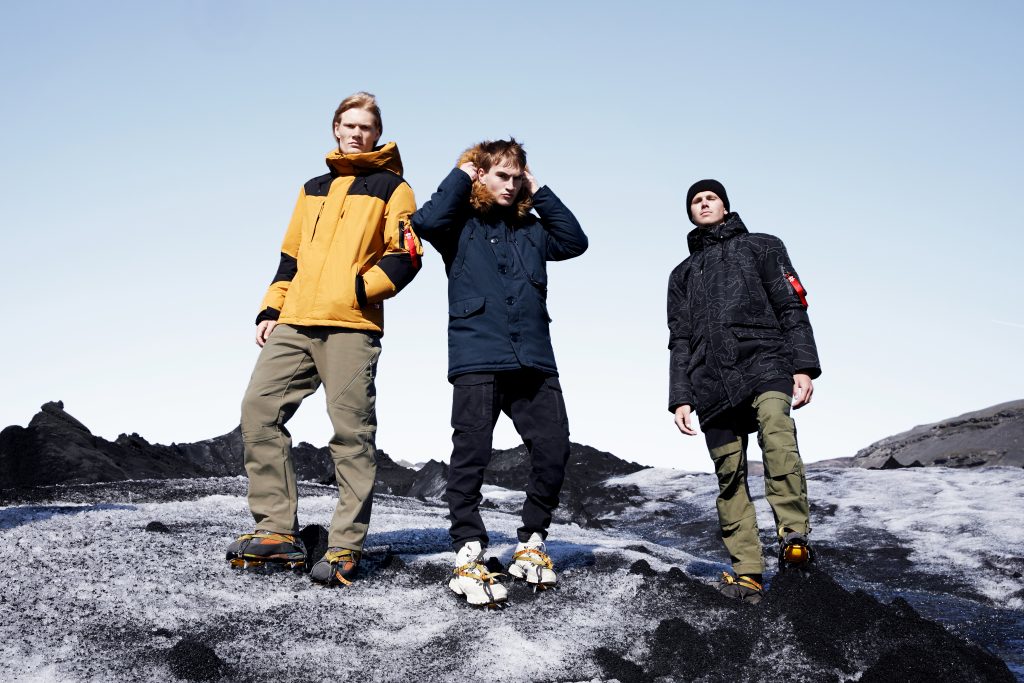
The packable trend is a major focus in Tumi’s outerwear collection. “Tumi has a cult-like following,” says the brand’s Natalie Marten. “The outerwear we make complements the brand’s luggage. We’ve had major success with a packable product that rolls into a neck pillow, but we’ve completely reengineered and relaunched that jacket for next season, building in some sustainable elements.” Marten hinted at a piece that will be shown at market that transforms from short to long, perfect for travel and everyday versatility.
Packables are also a hit at Hawke, a major resource in department stores. According to Michael Rosenberg, their lightweight Empire packable jacket is selling out in all colors at $49.99; a similarly styled vest (the Brooklyner) is a home run at $29.99.
“Our Sherpa story, which we incorporate into key pieces this season, has been working well for us,” reports Alpha Industries’ Matt Pantoja. “It’s definitely something you’re seeing everywhere. Parkas and puffers have also been strong, and we’ve reinterpreted our classics in longer lengths and with technical attributes. For extra warmth, we offer both Primaloft and down options.”
“At North & Mark, our performance wool styles in traditional silhouettes like overcoats and peacoats are our best sellers,” says founder Steve Cho. “For 2020, I believe puffers, as well as eco-friendly fabrics and sustainability, will continue to trend.”
“Men don’t want to sacrifice comfort for style so the fusion of function and fashion is more important than ever,” notes Sebra at Macy’s. “That said, the customer still wants to look put together and polished, whether he’s wearing a tailored topcoat or a nylon puffer vest. We’re seeing many brands address that.”
The focus at The North Face remains innovative technology and sustainability with a new emphasis on natural dyes, recycled materials, and waste reduction. “This allows us to maintain the quality of our brand while protecting the planet, something that’s more important than ever to The North Face customer,” says The North Face exec Tim Hamilton. “In fall 2019, we officially launched FUTURELIGHT, an industry-changing innovation that offers consumers an advanced, breathable-waterproof material. In 2020, you’ll see FUTURELIGHT in many new products and collections, including footwear.”
“People want to see us continue to reinterpret our classic silhouettes in performance fabrics, making them wind- and water-resistant as well as breathable,” says Pantoja.
2020 WINNERS
According to most retailers and brands, the layering trend will continue into next winter. Says Macy’s Sebra, “Consumers are increasingly grabbing lightweight jackets and vests for fall, then layering them when temperatures drop. System jackets also offer versatility and lighter weight leather jackets are a cool alternative. This season’s hit, the chore or shirt jacket, is also expected to trend into 2020. Clearly, guys today are thinking about a wardrobe of outerwear as opposed to one coat for an entire season. It’s helping move the category forward and encouraging us to develop outerwear as both a fashion opportunity and a solution for daily life.”
“Fleece and lighter-weight synthetic fill outerwear pieces are star performers,” says Penfield’s Alastair Rae. “People investing in pieces they can wear throughout the Fall/Winter season and into the cooler parts of Spring. It’s all about the transitional purchase!”
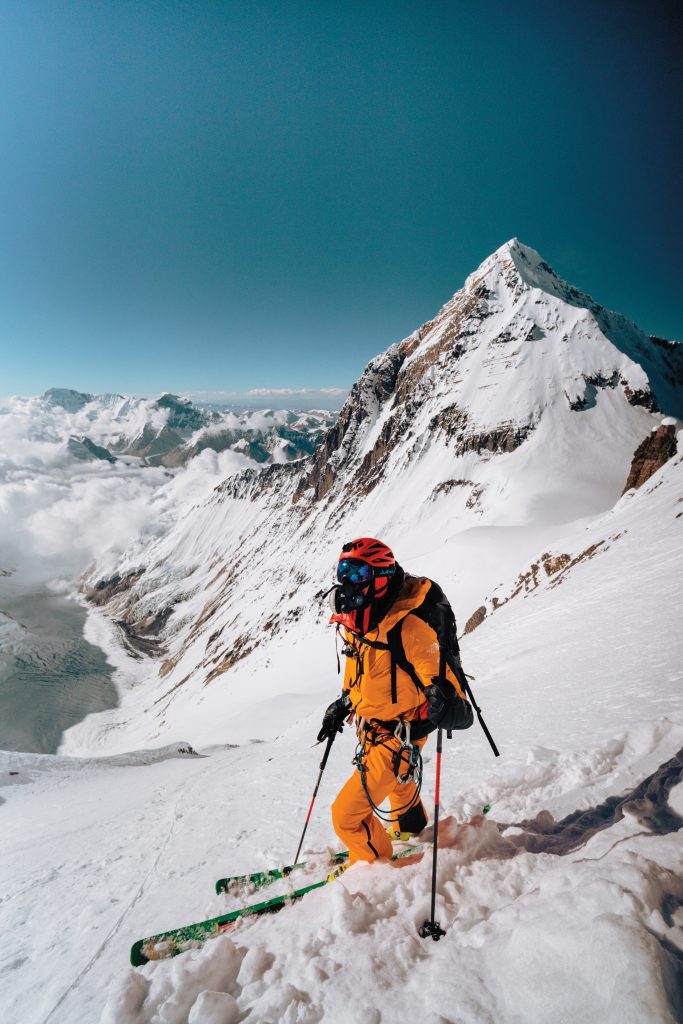
“We see a broader diversity of styles gaining popularity this season,” concurs Bloomingdales’ Justin Berkowitz. “Leather and suede resonate as transitional pieces in the early fall; down outerwear and parkas have been strong with the cooling temperatures. Wool topcoats in a variety of shapes are more important than ever—as men get more casual at the office, these sharper styles provide polish. Transitional weights in shorter shirt or chore jacket shapes will continue strong in the fall ’20 season,” Berkowitz continues. “They work best when they’re light enough to wear all day; they’re a hybrid between an outerwear piece and a blazer.”
North & Mark’s Cho likes a mix of traditional with technical. “A lot of brands are now offering styles that combine the two, like down-filled blazers and peacoats.”
“Pieces that have a nostalgic, old-school feel are resonating strongest with our web customers,” says Rae. “Recycled fabrics and organic cotton are key trends, trending in a less synthetic, more cotton-rich direction. That ties into the overall move to retro outdoor clothing. It’s a contemporary take on the whole heritage scene.”
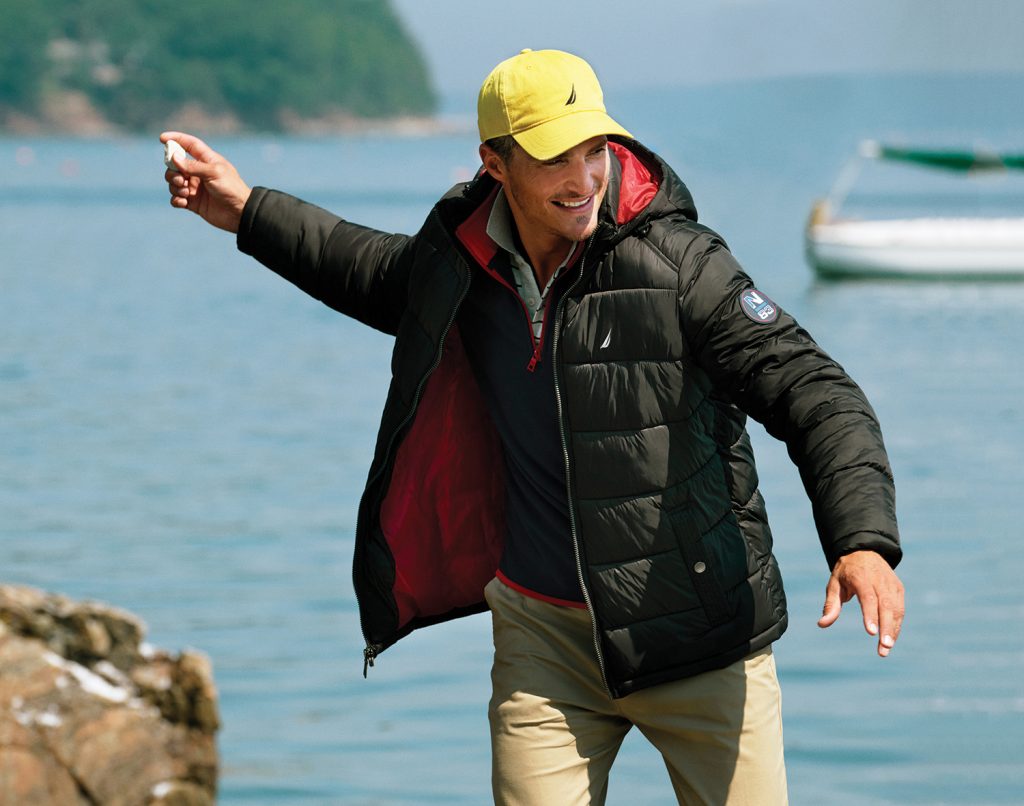
“We’re doing well with an updated golf jacket in a transitional weight, using a fabric that has a luminous quality that takes dye well,” says Weatherproof’s Jacqui Argueta. “We’ve also done some pieces with color blocking in a neutral mix.” The brand also offers a soft-shell program, featuring an updated sustainable fleece lining and sportier looks including a CPO style packable shirt jacket.
“We see a continuation of 2019’s nylon and technical fabrics, in long, oversized puffers and fishtail parkas. We’re also getting early reads on patterns and plaids (especially buffalo plaid),” Pantoja concurs.
“The sleeping bag coat is back!” declares Sebra. “Looking ahead, we see print and color being extremely important in this category.”
COLOR CUES
“From pre-collections, we’re seeing a number of elevated neutral tones— camel, oatmeal, browns, rust, burgundy, olive—that should define the color palette of the 2020 season,” says Berkowitz at Bloomingdale’s.
Weatherproof features an updated neutral palette with warm hues like java, oak, and bourbon. “These are really understandable guy colors,” says Argueta.

“We always try and incorporate bold color for that pop, since traditional military is very neutral,” explains Alpha’s Pantoja.
“As a performance brand, we have to factor in visibility, especially for our athletes, which often means bright colors,” points out Tim Hamilton of The North Face. “For our city consumers, we look to more neutral tones. It’s exciting that both can now coexist.”
PRICING ISSUES
“Our customer is looking for newness and value in one package,” says Sebra at Macy’s.
Of course, according to the store, the package varies from bargain basement to luxury. Several leather coats and jackets were ticketed in the cool $10,000 neighborhood at Neiman Marcus just before the holidays—not counting the Gucci sequined mohair jacket for $20,000—while Burlington featured J. Whistler brand parkas for $50. The magic price point for the brands we spoke with range from around $150 to $300; Alpha’s Pantoja says the market average is $250. “Being under $200 on a good outerwear style is always going to help!” says Penfield’s Rae. Notes Cho, “At that $300 to $500 price point, you’re able to offer a lot more in the coat than a $100-$200 coat from a fast-fashion retailer…but you’re still cheaper and at least as good as (or better than) designer brands at $800-$2,000.”
Several brands are hoping to offset the intrinsic promotional nature of the outerwear business by timing deliveries closer to customer needs. “We’re offering deliveries closer to customer needs. “We’re working with our retailers in each market to ensure they have the correct amount of inventory for the beginning, peak, and end-of-season,” says Robin Yates of Nobis. “Also, rather than offering discounts, our strategy remains focused on training staff and communicating to customers the value of our product, especially as it relates to functional outerwear for year-round wear.”
Most agree, however, that while more careful timing of deliveries can help, price-promotions are an intrinsic part of the outerwear business, a situation that’s not likely to disappear. According to industry experts, the percentage of outerwear business sold at ticket price hovers around five percent.




